Are office fit-outs relevant for climate change?
About half of all carbon emissions worldwide are produced by the building industry, of which 28% come from building operations and 21% from new construction.
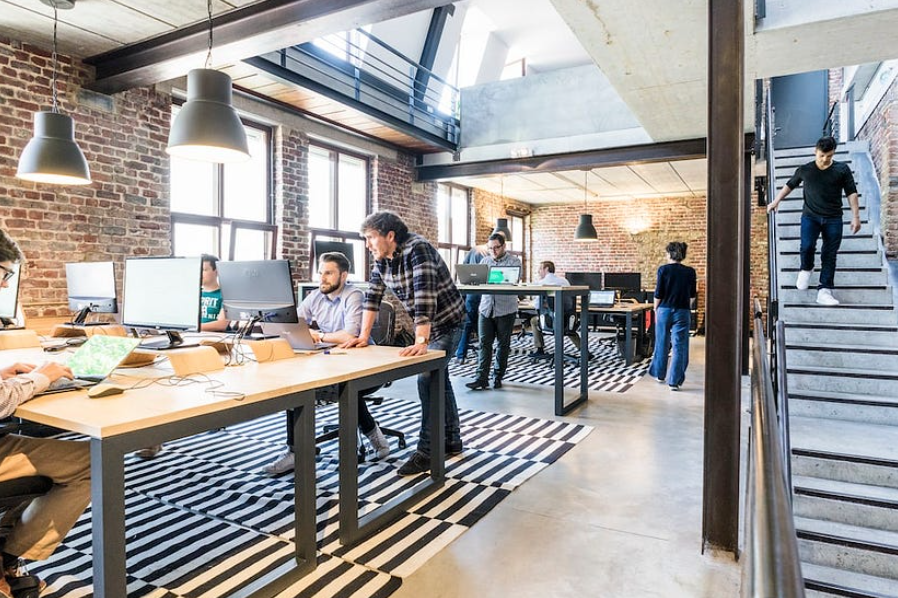
Cool offices, warm planet?
 The carbon footprint of the building materials used for core & shell* in new construction is equivalent to that of interior finishing.
The carbon footprint of the building materials used for core & shell* in new construction is equivalent to that of interior finishing.
Steel, reinforced, concrete, aluminum, glass, etc. used in the construction of a building’s structure, mechanical systems and exterior walls
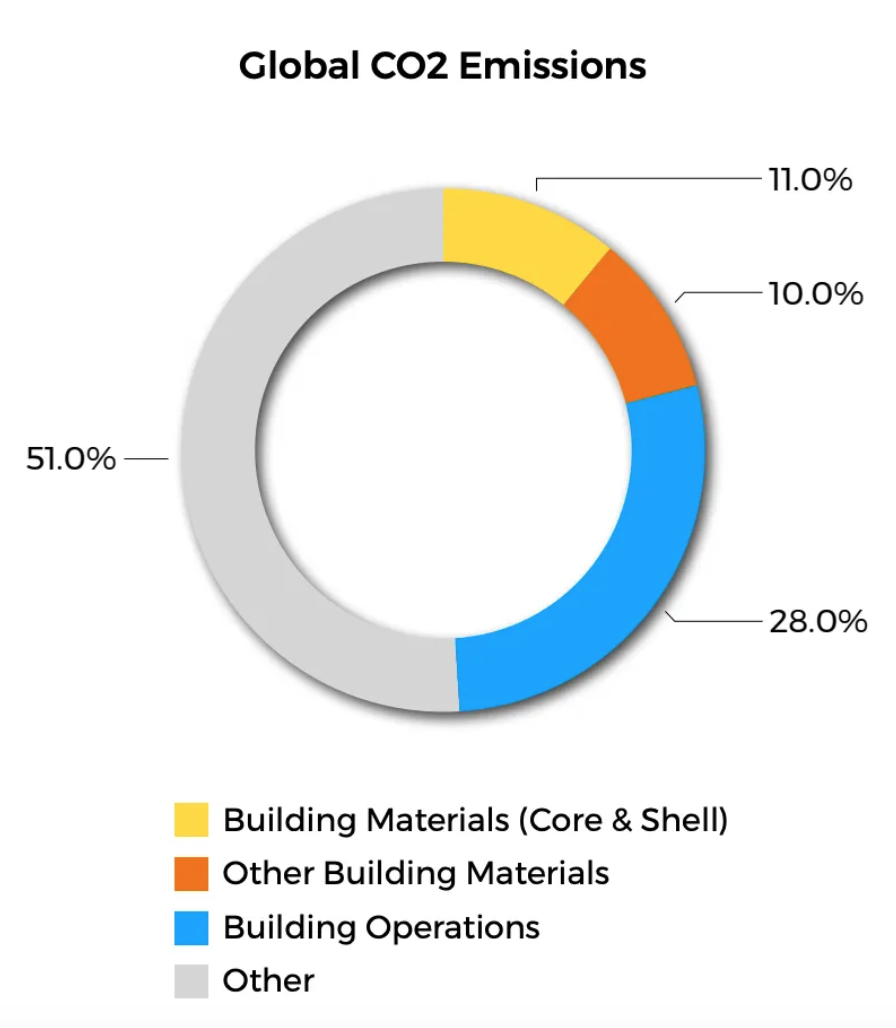
Source: RESET Embodied Carbon and Circularity in Office Interiors: Part 1
What are the numbers?
The lifecycle of office interiors produces about 190 kg of CO2e and 77 kg of waste per square meter in many of the largest markets in the world.
Regardless of location, top-tier office towers that draw dependable, multi-national tenants have an average lease and interior life of roughly 8.5 years. Due to fast changes from growth, shrinkage, or adaptation to new workplace requirements, office leases and the life of their interiors are only good for 2–3 years for less reliable tenants.
 The lifecycle of office interiors produces about 190 kg of CO2e and 77 kg of waste
The lifecycle of office interiors produces about 190 kg of CO2e and 77 kg of waste
How many fit-outs does a building go through?
If the lifecycle of an office interior is assumed to be 2.5 years, the number of interior fit-outs over the building’s lifespan might reach 20. That means that while an office building is in use, the interior changes 20 times!
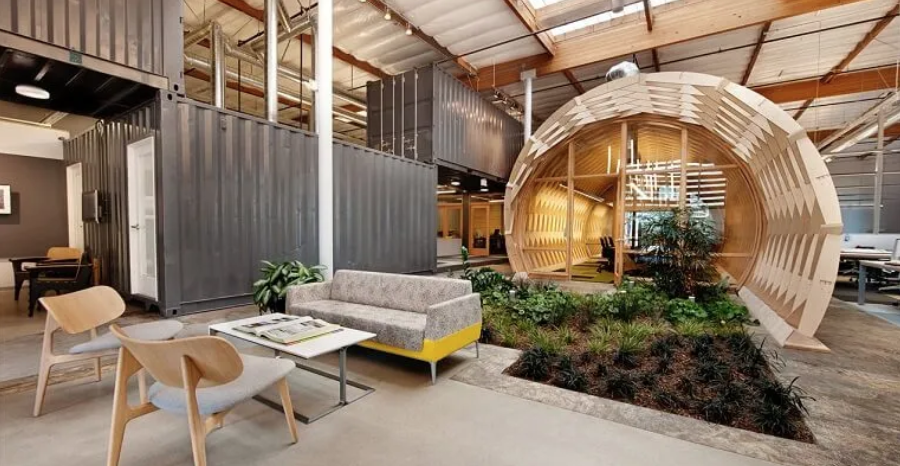
What does that mean in terms of emissions?
The significance of those emissions is brought into stark relief when the carbon emissions from the construction of office interiors are calculated over the design lifespan of a building:
- At best, carbon emissions from tenant fit-outs are equal to those of the building’s core and shell as a whole.
- In their worst cases, they are almost four times higher.
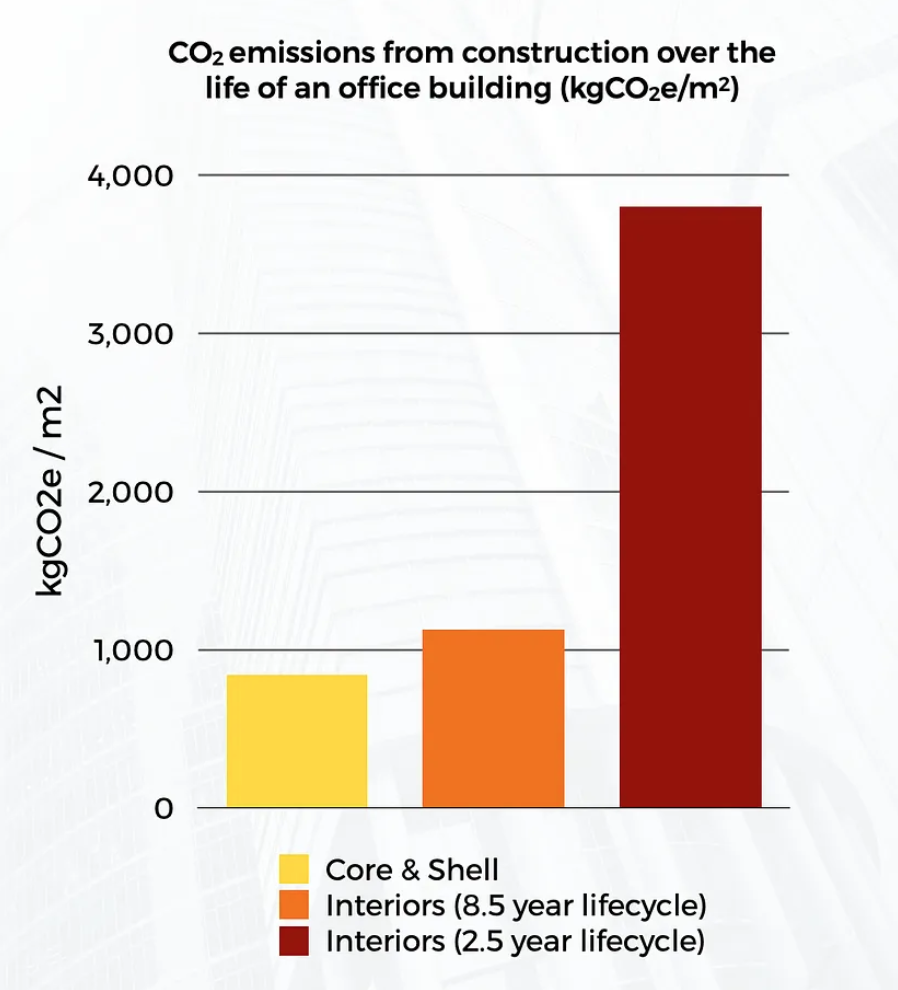
Source: RESET Embodied Carbon and Circularity in Office Interiors: Part 1
How does that compare to the building’s operational emissions?
This is a harder question, as operational emissions are location dependent, and as most grids are slowly including more renewables.
When excluding the embodied carbon of interiors, operational emission catch up with the emission from the core & shell after 20 years.
However, average data now shows that the operational emissions are equal to non-operational / embodied emissions after 37 years of the building’s lifetime.
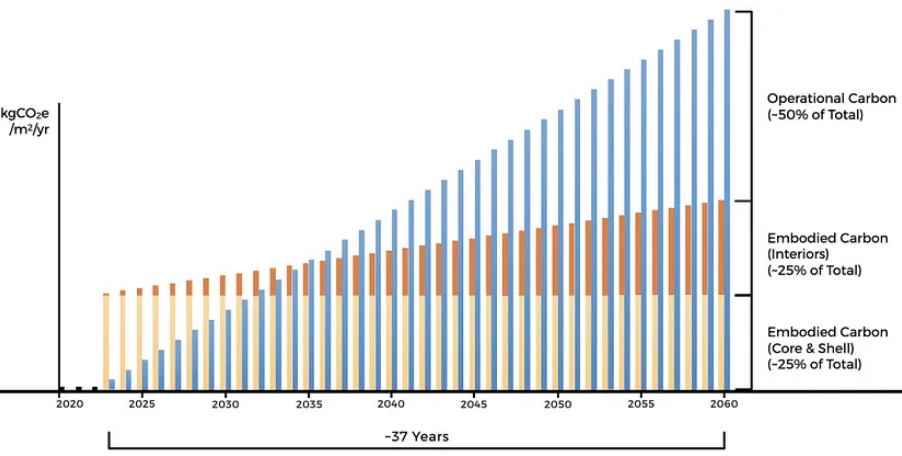
What can you do to reduce the impact of interiors?
If you are an interior designer, or an architect working in office fit-outs, here’s a few ways you can reduce the emissions:
- Use less materials
- Re-use / Re-purpose materials
- Specify low-carbon & with high recycled content materials
Researching sustainable, low-carbon and healthy materials is not easy. At 2050 Materials, we are working on making it as simple as it can possibly become.
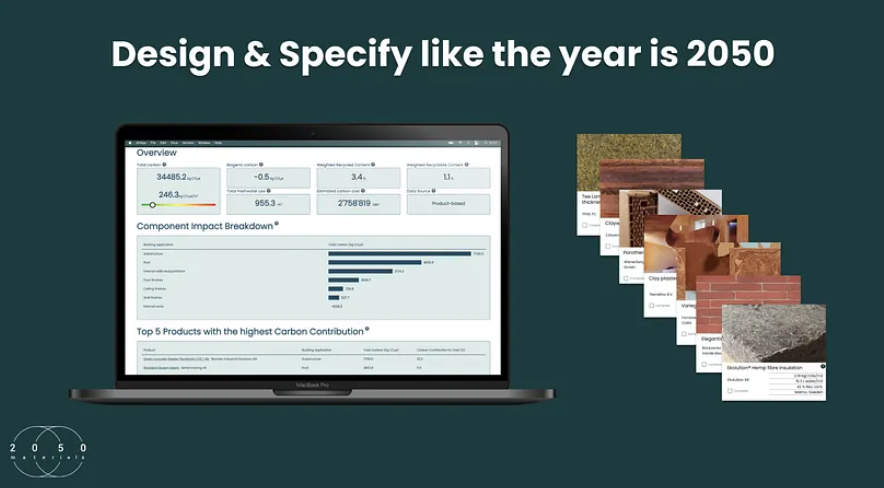
http://app.2050-materials.com/
Related articles

Climate-Resilient Materials for the Built Environment: A Data-Centred Prime
As climate volatility intensifies, resilience metrics are fast becoming as critical as carbon data in material selection. This article outlines why adaptation is now a design imperative, how materials can be evaluated through a systems lens, and what KPIs project teams should demand. From self-healing concrete to fire-rated façades, we present a structured taxonomy of resilient materials, explain how to embed this intelligence into digital design workflows, and propose next steps for specification, benchmarking, and procurement.
Read more
The Most Interesting Low Carbon Products in Office Design
In this article and collection, we highlight 11 outstanding products that contribute to a lower carbon footprint in office design.
Read more
Top Low Carbon Building Boards: Performance, Benefits, and Use Cases
The building boards highlighted in this article and collection showcase low-carbon innovation in modern construction.
Read more